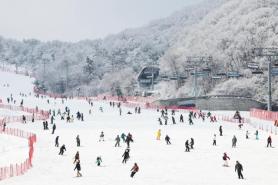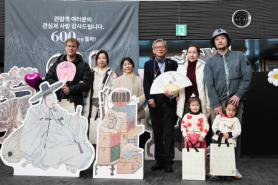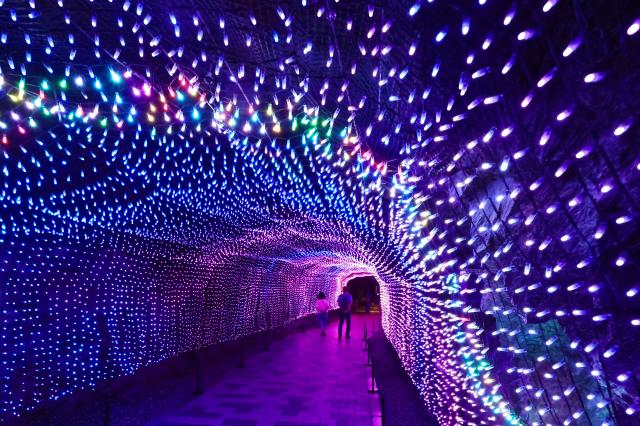
SEOUL, August 27 (AJP) - Standing at the entrance of Gwangmyeong Cave, the sweltering 35-degree summer heat gives way to a sudden chill of 12 degrees. The cool air feels like a natural air conditioner, yet it carries the weight of history. An information board reminds visitors that this was once the Siheung Mine, opened in 1912 during Japan’s colonial rule, when tunnels were dug to extract gold, silver, copper, and zinc. The very path now walked by tourists was once carved for forced labor.
The deeper one goes, the clearer the traces of the past become. Vertical shafts open in all directions, massive chambers blasted out with dynamite, and ceilings so low one can almost touch them. From 1912 to 1945, Korean laborers were forced to mine here under harsh and dangerous conditions, their work fueling the war machine of imperial Japan. With no proper equipment and the constant risk of collapse, the suffering of those years is palpable in the darkness.
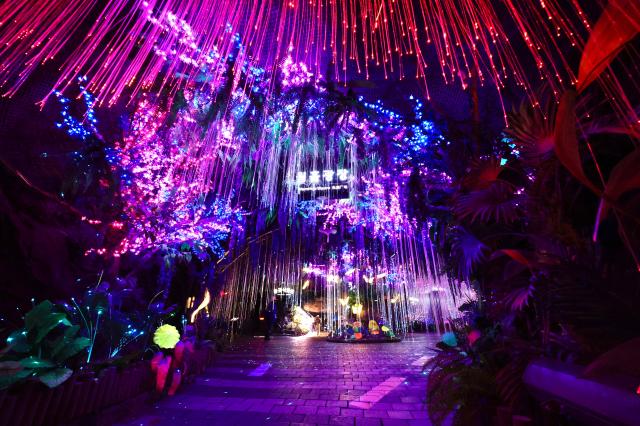
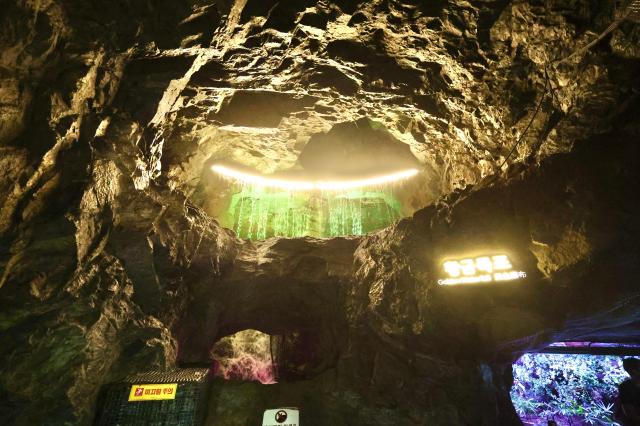
At its peak, the mine produced more than 250 tons of ore a day, making it the largest metal mine in the Seoul metropolitan area. The site is built on eight levels, from ground level to seven stories below. Today, underground water has flooded levels two through seven, turning them into submerged caverns. Even the first level, now open to the public, was once filled with water until it was drained.
When the mine closed in 1972, it was abandoned for over 40 years. The tools of the miners lay forgotten in the dark, while environmental damage from floods in the 1970s scarred nearby fields. The space remained sealed until 2011, when the city of Gwangmyeong began restoring it, determined to turn a place of pain into a place of remembrance and hope.
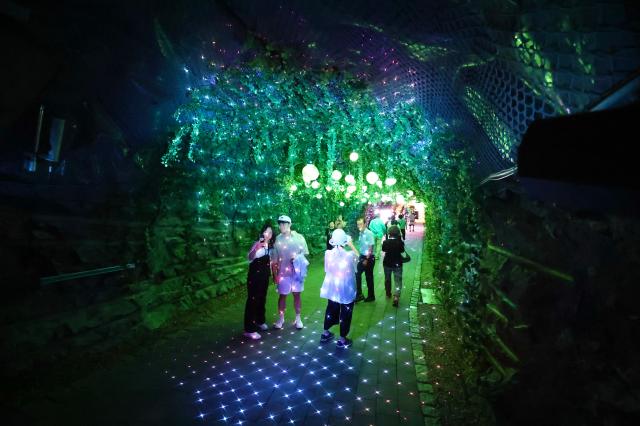
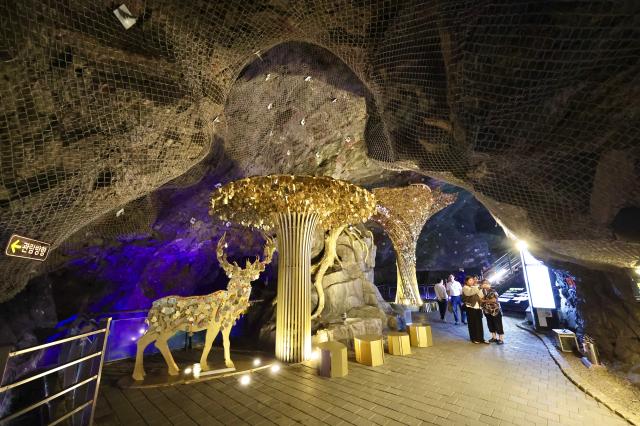
Deeper inside, a dazzling scene unfolds. Beams of light cascade from the ceiling in the “Wormhole Plaza,” while the Golden Waterfall glitters under golden lighting, its flow transformed into art. What was once water to quench miners’ thirst has become a centerpiece for visitors. Other displays include massive statues of Yoda and dragons, alongside pop culture figures.
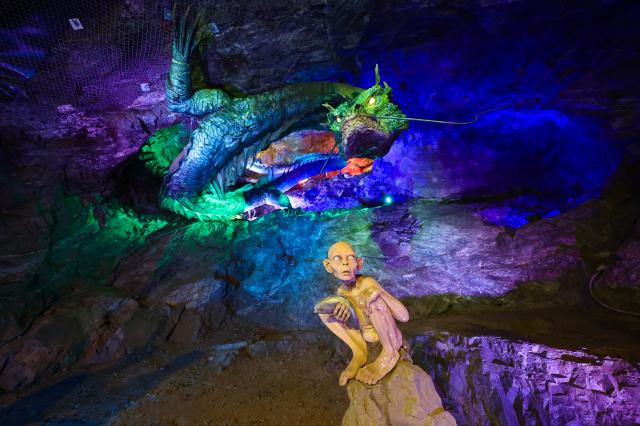
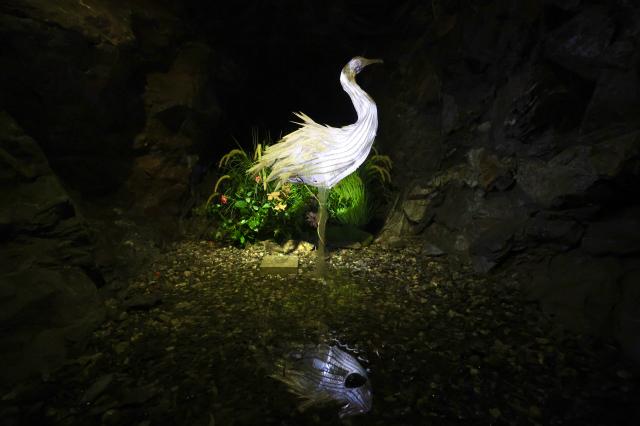
One of the most unique sections is the Wine Cave, where bottles of Korean wine are stored and aged under the cave’s steady temperature and humidity. What was once a chamber for storing minerals has been transformed into a space for cultivating homegrown wines, which visitors can also purchase.
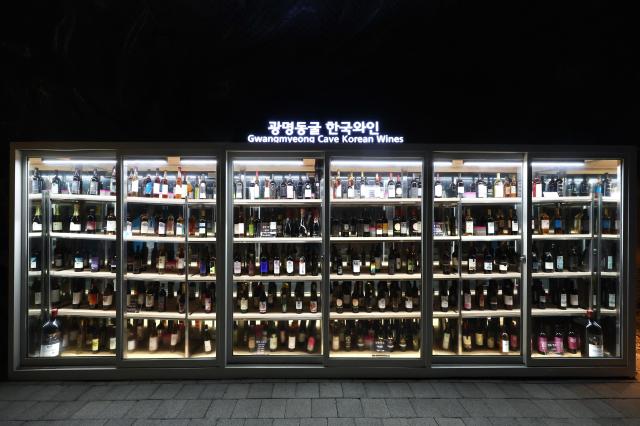
The cave also preserves its mining past through exhibitions of tools, uniforms, and photographs that recreate the miners’ daily lives. The site now attracts more than one million visitors each year, becoming a landmark of Gwangmyeong. That such a place exists less than an hour from Seoul is a surprise to many.
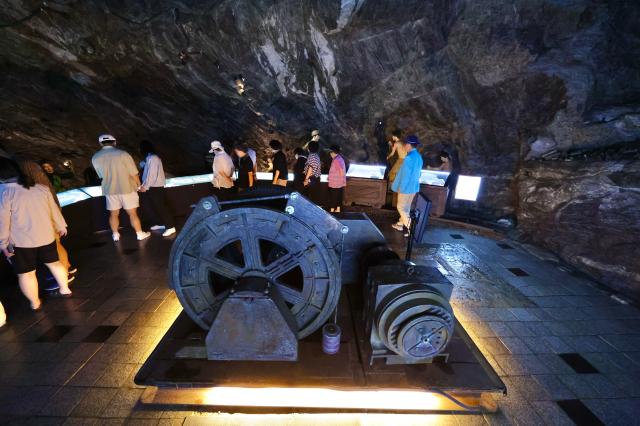

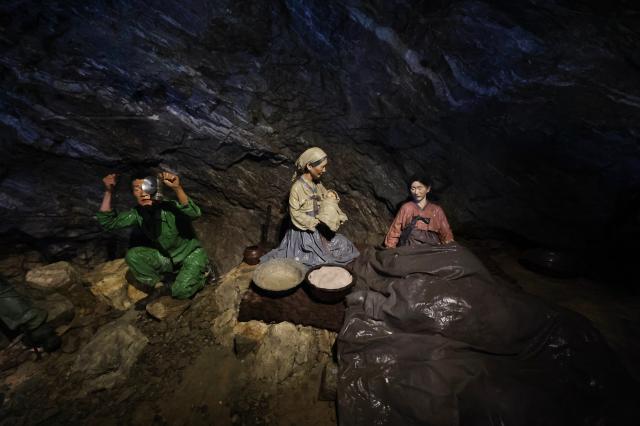
The power of the site lies in its ability to preserve painful history while giving it new value. Rather than erasing the scars, Gwangmyeong Cave transforms them into a place of reflection and renewal. It is, in every sense, where darkness has turned into light.
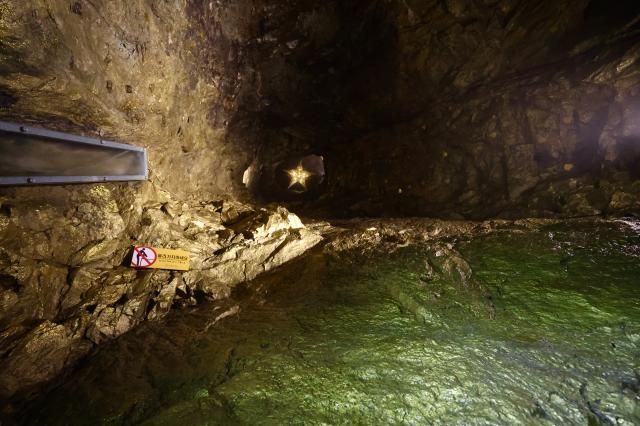
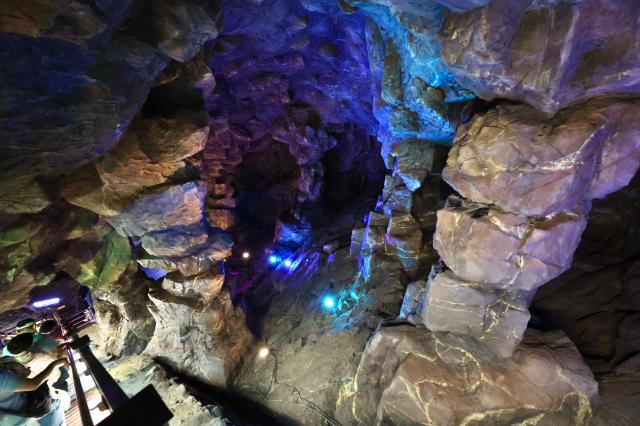
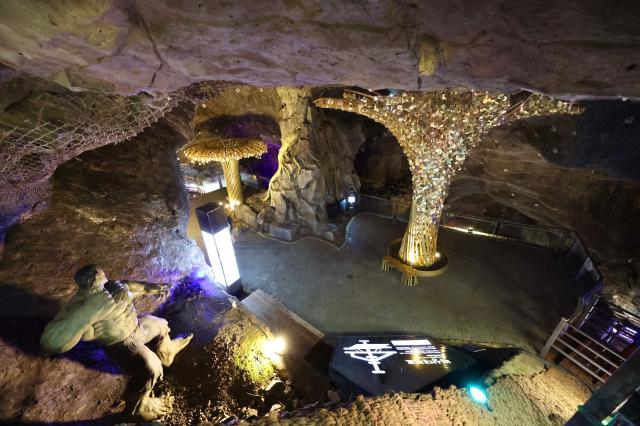


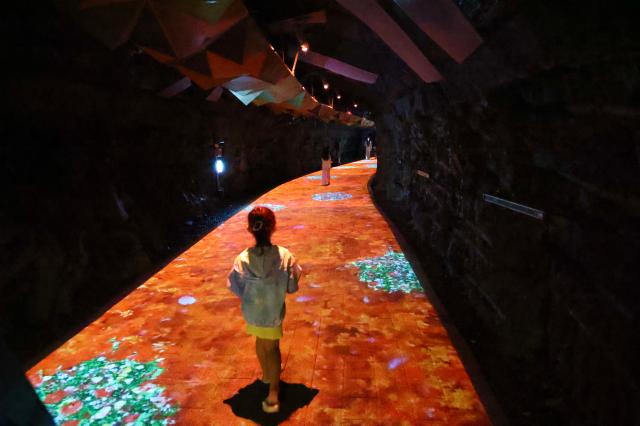


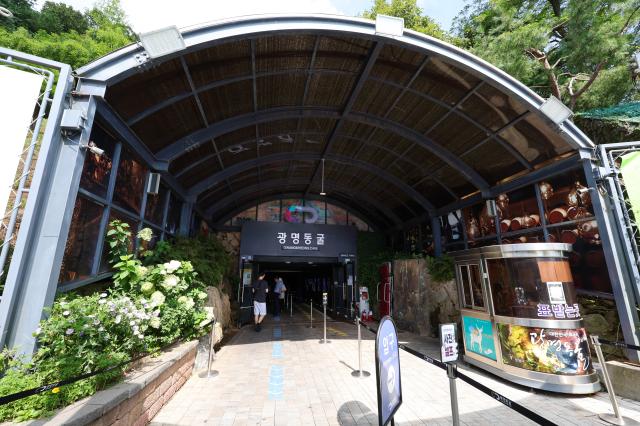
Copyright ⓒ Aju Press All rights reserved.


